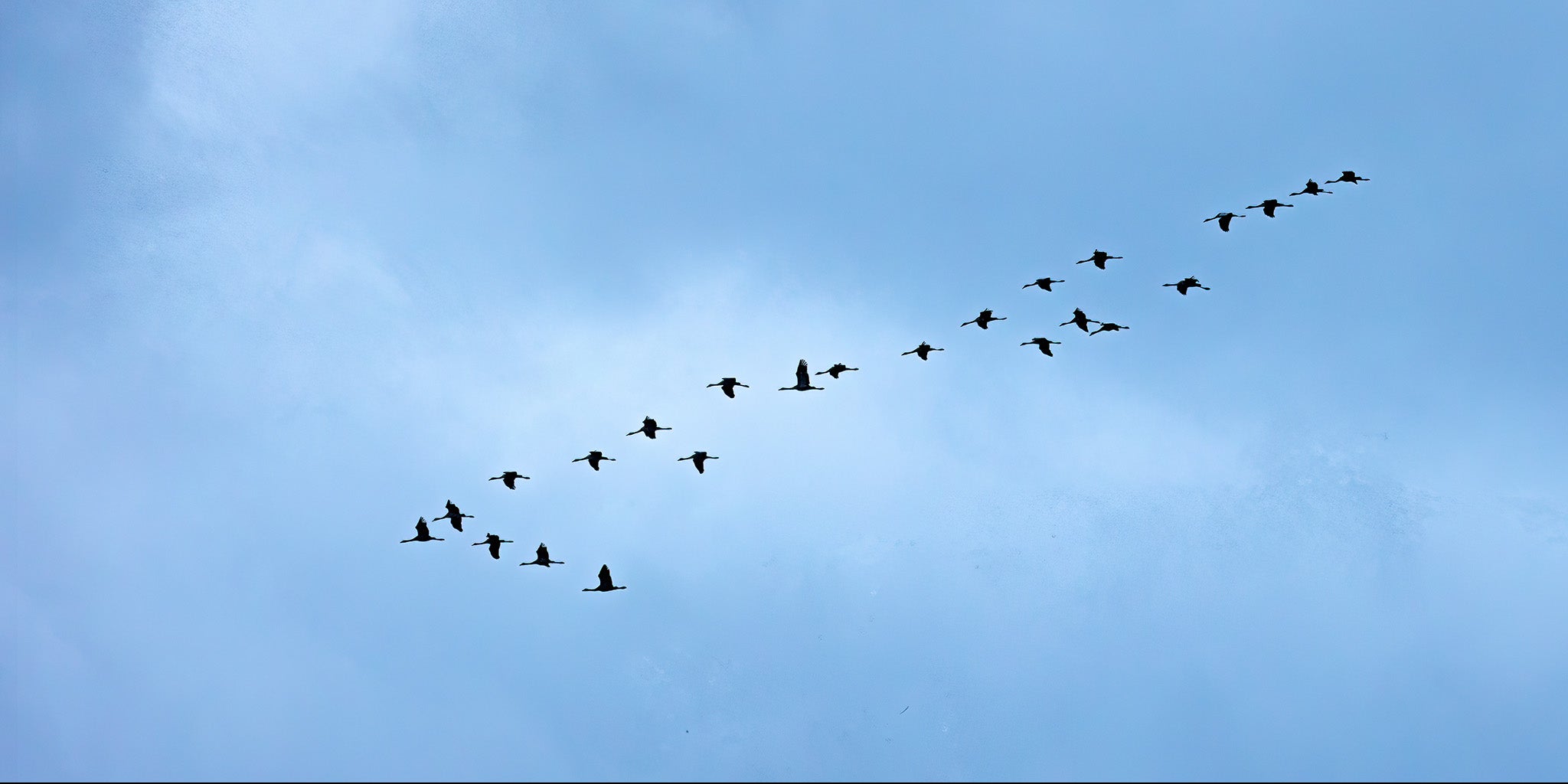Innate Navigation Skills
Birds possess innate navigational abilities that are often genetically programmed. These instincts guide birds on their long-distance migrations across continents and oceans, enabling them to find their way to specific breeding or wintering grounds.
Celestial Navigation
Many migratory birds rely on celestial cues, such as the sun, stars, and even polarized light patterns, to navigate accurately. By calibrating their internal compass with these celestial signals, birds can maintain their migration routes even in unfamiliar territories.
Sun Compass
Birds can use the position of the sun in the sky as a compass to orient themselves during migration. This method helps them maintain a consistent direction relative to the sun's movement, allowing for precise navigation over long distances.
Magnetic Field Sensitivity
Some birds possess magnetoreception, the ability to detect Earth's magnetic field and use it for navigation. This internal compass helps birds determine their geographic positioning and orient themselves along specific migratory routes.
Magnetic Particles in Beaks
Recent studies have suggested that certain birds, like pigeons, may have magnetic particles in their beaks that aid in detecting magnetic fields. These particles could serve as a biological compass, providing crucial navigational information during migration.
Topographic Features
Birds utilize landmarks, coastlines, rivers, and mountain ranges as visual cues to navigate during migration. By recognizing and memorizing these topographic features, birds can navigate accurately and identify key locations along their migration paths.
Odor Mapping
Some birds, like homing pigeons, are believed to use olfactory cues to navigate and locate their home lofts during homing flights. These birds may create mental maps based on scents and atmospheric odor gradients to guide their return journeys.
Environmental Cues
Birds are sensitive to environmental cues, such as weather patterns, wind directions, and air currents, which they can exploit to optimize their flight paths and conserve energy during migration. By adjusting their routes based on these cues, birds can adapt to changing conditions and navigate more efficiently.
Social Learning
Young birds migrating for the first time often learn migration routes and navigation techniques from experienced adults or older individuals within their species. This social learning process helps ensure the transmission of successful migration strategies across generations.
Geographic Knowledge
Some bird species display remarkable geographic knowledge, with individuals returning to specific breeding or wintering sites year after year. This site fidelity demonstrates birds' ability to navigate accurately and recognize distinct locations based on environmental cues and memory.
Migratory Connectivity
Birds that migrate long distances may exhibit migratory connectivity, where populations breeding in different regions follow separate migration routes to distinct wintering areas. This phenomenon helps reduce competition for resources and allows for efficient resource utilization along the migration route.
Technological Advances
Scientists have developed tracking technologies, such as satellite telemetry and geolocators, to study bird migration patterns and navigation strategies more closely.


